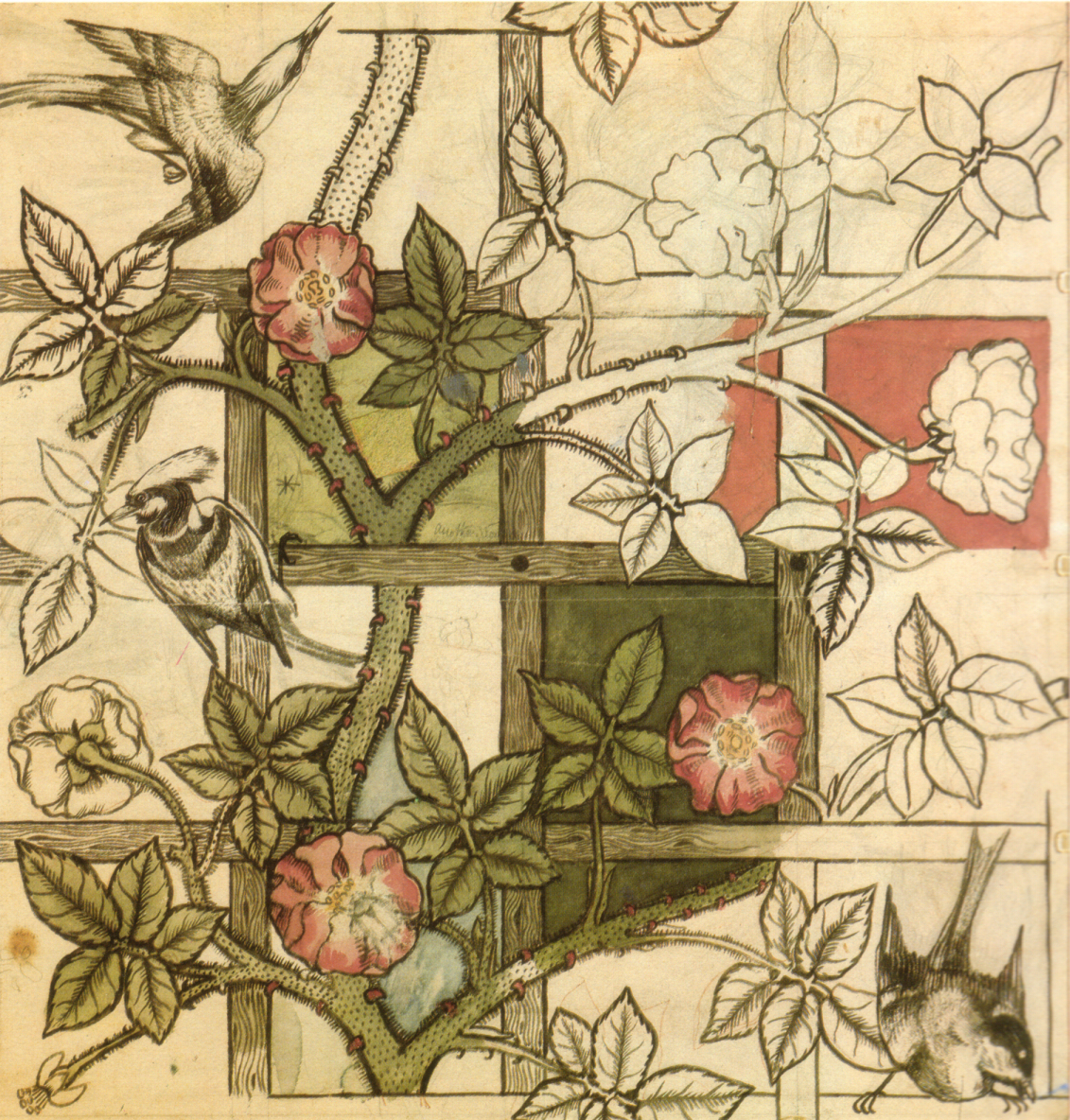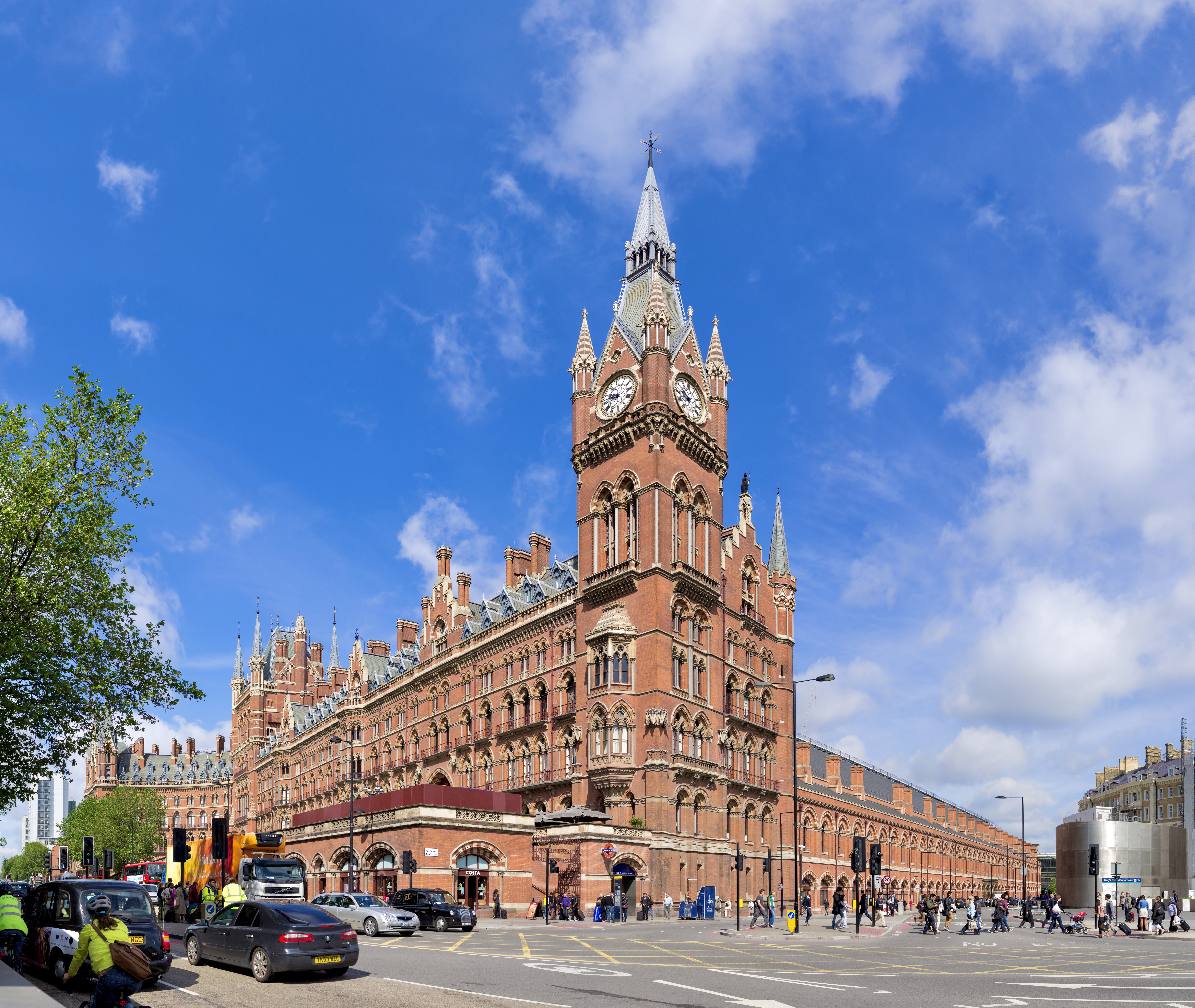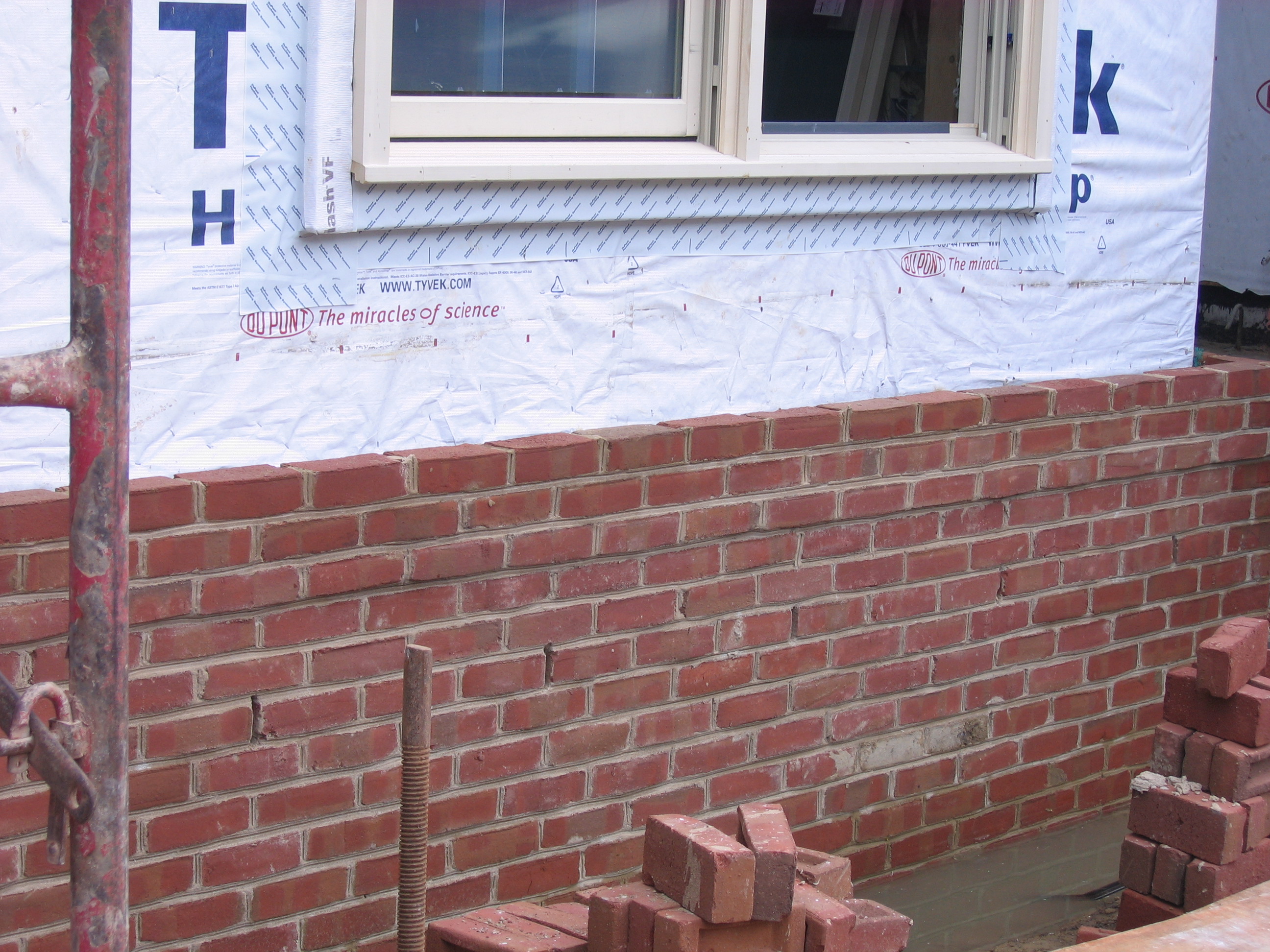|
Queenslander (architecture)
Queenslander architecture is a modern term for a type of residential housing, widespread in Queensland, Australia. It is also found in the northern parts of the adjacent state of New South Wales, and shares many traits with architecture in other states of Australia, but is distinct and unique. The form of the typical Queenslander-style residence distinguishes Brisbane's suburbs from other capital cities. The Queenslander is considered Australia's most iconic architectural style. This style developed in the 1840s and is still constructed today, displaying an evolution of local style. The term is primarily applied to residential construction, although some commercial and other types of construction are identified as Queenslander. Characteristics The quintessential Queenslander is a single detached house made of timber with a corrugated iron roof located on a separate block of land. They are all high-set, single-storey dwellings with a characteristic veranda that extends around t ... [...More Info...] [...Related Items...] OR: [Wikipedia] [Google] [Baidu] |
Queenslander Style House In Sherwood, Queensland, 2022, 03
Queenslander may refer to: * List of Queenslanders, Queenslander, a person from the Australian state of Queensland * Queenslander, the name of a train service operated by Queensland Rail * Queenslander (architecture), a style of architecture found in Queensland * ''The Queenslander'', a newspaper published from 1866 to 1939 {{disambig ... [...More Info...] [...Related Items...] OR: [Wikipedia] [Google] [Baidu] |
Ceiling Rose
In the United Kingdom and Australia, a ceiling rose is a decorative element affixed to the ceiling from which a chandelier or light fitting is often suspended. They are typically round in shape and display a variety of ornamental designs. In modern British wiring setups, light fittings usually use loop-in ceiling roses, which also include the functionality of a junction box. Etymology The rose has symbolised secrecy since Roman times, due to a confused association with the Egyptian god Horus. For its associations with ceilings and confidentiality, refer to the Scottish Government's Sub Rosa initiative. Through its promise of secrecy, the rose, suspended above a meeting table, symbolises the freedom to speak plainly without repercussion. The physical carving of a rose on a ceiling was used for this purpose during the rule of England's Tudor King Henry VIII and has over the centuries evolved into a standard item of domestic vernacular architecture, to such an extent that it now cons ... [...More Info...] [...Related Items...] OR: [Wikipedia] [Google] [Baidu] |
Ashgrove, Queensland
Ashgrove is a Suburbs and localities (Australia), suburb in the City of Brisbane, Queensland, Australia. In the , Ashgrove had a population of 13,450 people. Geography Ashgrove is located approximately by road north-west of the Brisbane GPO. Ashgrove is known for its Ashgrovian houses built in the 1920s and 1930s, a type of Queenslander (architecture), Queenslander architecture characterised by an asymmetrical pyramid roof, multiple Gable, gables, Veranda, verandahs and batten skirts. Dorrington (originally named the suburb of Oakleigh until 1946) and St Johns Wood, Queensland, St Johns Wood were suburbs in their own right until they were absorbed into Ashgrove in 1975. To this day these neighbourhood names are still in common use, as many residents still associate their residence locations with these former names. History Ashgrove's native name is 'Kallindarbin' and was originally inhabited by the indigenous 'Turrbal' or 'Duke of York clan'. The main thoroughfare, Waterw ... [...More Info...] [...Related Items...] OR: [Wikipedia] [Google] [Baidu] |
71 Royal Pde St Johns Wood 1937
71 may refer to: * 71 (number) * one of the years 71 BC, AD 71, 1971, 2071 * ''71'' (film), 2014 British film set in Belfast in 1971 * '' 71: Into the Fire'', 2010 South Korean film * Various highways; see List of highways numbered 71 * The atomic number of lutetium, a lanthanide * The number of the French department Saône-et-Loire * Nickname for the city of Wrocław Wrocław is a city in southwestern Poland, and the capital of the Lower Silesian Voivodeship. It is the largest city and historical capital of the region of Silesia. It lies on the banks of the Oder River in the Silesian Lowlands of Central Eu ... * 71 Niobe, a main-belt asteroid See also * {{Number disambiguation ... [...More Info...] [...Related Items...] OR: [Wikipedia] [Google] [Baidu] |
Interwar
In the history of the 20th century, the interwar period, also known as the interbellum (), lasted from 11 November 1918 to 1 September 1939 (20 years, 9 months, 21 days) – from the end of World War I (WWI) to the beginning of World War II (WWII). It was relatively short, yet featured many social, political, military, and economic changes throughout the world. Petroleum-based energy production and associated mechanisation led to the prosperous Roaring Twenties, a time of social mobility, social and economic mobility for the middle class. Automobiles, electric lighting, radio, and more became common among populations in the developed world, first world. The era's indulgences were followed by the Great Depression, an unprecedented worldwide economic downturn that severely damaged many of the world's largest economies. Politically, the era coincided with the rise of communism, starting in Russia with the October Revolution and Russian Civil War, at the end of WWI, and ended with ... [...More Info...] [...Related Items...] OR: [Wikipedia] [Google] [Baidu] |
Art Nouveau
Art Nouveau ( ; ; ), Jugendstil and Sezessionstil in German, is an international style of art, architecture, and applied art, especially the decorative arts. It was often inspired by natural forms such as the sinuous curves of plants and flowers. Other characteristics of Art Nouveau were a sense of dynamism and movement, often given by asymmetry or whiplash lines, and the use of modern materials, particularly iron, glass, ceramics and later concrete, to create unusual forms and larger open spaces.Sembach, Klaus-Jürgen, ''L'Art Nouveau'' (2013), pp. 8–30 It was popular between 1890 and 1910 during the Belle Époque period, and was a reaction against the academicism, eclecticism and historicism of 19th century architecture and decorative art. One major objective of Art Nouveau was to break down the traditional distinction between fine arts (especially painting and sculpture) and applied arts. It was most widely used in interior design, graphic arts, furniture, glass ... [...More Info...] [...Related Items...] OR: [Wikipedia] [Google] [Baidu] |
Arts And Crafts Movement
The Arts and Crafts movement was an international trend in the decorative and fine arts that developed earliest and most fully in the British Isles and subsequently spread across the British Empire and to the rest of Europe and America. Initiated in reaction against the perceived impoverishment of the decorative arts and the conditions in which they were produced, the movement flourished in Europe and North America between about 1880 and 1920. Some consider that it is the root of the Modern Style, a British expression of what later came to be called the Art Nouveau movement. Others consider that it is the incarnation of Art Nouveau in England. Others consider Art and Crafts to be in opposition to Art Nouveau. Arts and Crafts indeed criticized Art Nouveau for its use of industrial materials such as iron. In Japan, it emerged in the 1920s as the Mingei movement. It stood for traditional craftsmanship, and often used medieval, romantic, or folk styles of decoration. It advoca ... [...More Info...] [...Related Items...] OR: [Wikipedia] [Google] [Baidu] |
Federation Architecture
Federation architecture is the architectural style in Australia that was prevalent from around 1890 to 1915. The name refers to the Federation of Australia on 1 January 1901, when the British colonies of Australia collectively became the Commonwealth of Australia. The architectural style had antecedents in the Queen Anne style and Edwardian style of the United Kingdom, combined with various other influences like the Arts and Crafts style. Other styles also developed, like the Federation Warehouse style, which was heavily influenced by the Romanesque Revival style. In Australia, Federation architecture is generally associated with cottages in the Queen Anne style, but some consider that there were twelve main styles that characterised the Federation period. Definition and features The Federation period overlaps the Edwardian period, which was so named after the reign of King Edward VII (1901–1910); however, as the style preceded and extended beyond Edward's reign, the term ... [...More Info...] [...Related Items...] OR: [Wikipedia] [Google] [Baidu] |
Victorian Architecture
Victorian architecture is a series of Revivalism (architecture), architectural revival styles in the mid-to-late 19th century. ''Victorian'' refers to the reign of Queen Victoria (1837–1901), called the Victorian era, during which period the styles known as Victorian were used in construction. However, many elements of what is typically termed "Victorian" architecture did not become popular until later in Victoria's reign, roughly from 1850 and later. The styles often included interpretations and Eclecticism in architecture, eclectic Revivalism (architecture), revivals of historic styles ''(see Historicism (art), historicism)''. The name represents the British and French custom of naming architectural styles for a reigning monarch. Within this naming and classification scheme, it followed Georgian architecture and later Regency architecture and was succeeded by Edwardian architecture. Although Victoria did not reign over the United States, the term is often used for American sty ... [...More Info...] [...Related Items...] OR: [Wikipedia] [Google] [Baidu] |
American Colonial Architecture
American colonial architecture includes several building design styles associated with the Colonial history of the United States, colonial period of the United States, including First Period English (late-medieval), Spanish Colonial, French Colonial, Dutch Colonial, and Georgian architecture, Georgian. These styles are associated with the houses, churches and government buildings of the period from about 1600 through the 19th century. Several relatively distinct regional styles of colonial architecture are recognized in the United States. Building styles in the 13 colonies were influenced by techniques and styles from England, as well as traditions brought by settlers from other parts of Europe. In New England, 17th-century colonial houses were built primarily from wood, following styles found in the southeastern counties of England. Saltbox style homes and Cape Cod style homes were some of the simplest of homes constructed in the New England colonies. The Saltbox homes known for ... [...More Info...] [...Related Items...] OR: [Wikipedia] [Google] [Baidu] |
Brick Veneer
Masonry veneer walls consist of a single non-structural external layer of masonry, typically made of brick, stone or manufactured stone. Masonry veneer can have an air space behind it and is technically called "anchored veneer". A masonry veneer attached directly to the backing is called "adhered veneer". The innermost element is structural, and may consist of masonry, concrete, timber or metal frame. Because brick itself is not waterproof, the airspace also functions as a drainage plane, allowing any water that has penetrated the veneer to drain to the bottom of the air space, where it encounters flashing (weatherproofing) and is directed to the outside through Weep (architecture), weep holes, rather than entering the building. Other advantages of a masonry veneer include: * The air space can include additional building insulation, insulation, which is typically in the form of rigid foam, increasing the thermal performance of the wall. * The framing (construction), structural ... [...More Info...] [...Related Items...] OR: [Wikipedia] [Google] [Baidu] |
World War II
World War II or the Second World War (1 September 1939 – 2 September 1945) was a World war, global conflict between two coalitions: the Allies of World War II, Allies and the Axis powers. World War II by country, Nearly all of the world's countries participated, with many nations mobilising all resources in pursuit of total war. Tanks in World War II, Tanks and Air warfare of World War II, aircraft played major roles, enabling the strategic bombing of cities and delivery of the Atomic bombings of Hiroshima and Nagasaki, first and only nuclear weapons ever used in war. World War II is the List of wars by death toll, deadliest conflict in history, causing World War II casualties, the death of 70 to 85 million people, more than half of whom were civilians. Millions died in genocides, including the Holocaust, and by massacres, starvation, and disease. After the Allied victory, Allied-occupied Germany, Germany, Allied-occupied Austria, Austria, Occupation of Japan, Japan, a ... [...More Info...] [...Related Items...] OR: [Wikipedia] [Google] [Baidu] |





